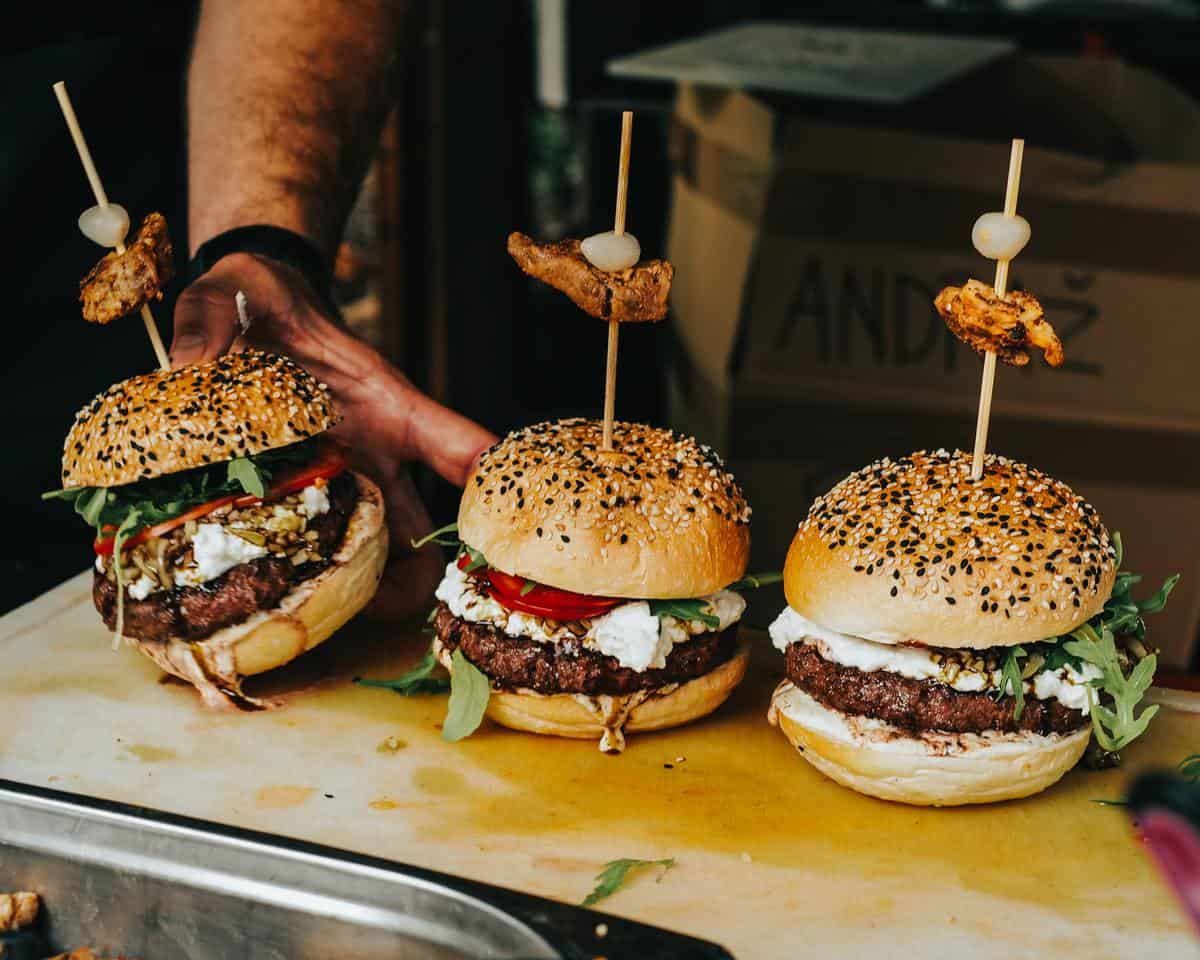For the first time since the pandemic hit, food sales are approaching “pre-crisis levels” – both locally and in Australia’s key export markets of the US and China – as major COVID-driven disruptions appear to be “behind us”, according to agribusiness banking specialist Rabobank.
Examining the outlook for the food retail and food service markets on its RaboResearch podcast, Yearning for normal, the bank’s general manager of food and agribusiness research in Australia and New Zealand Tim Hunt said recent economic data and earnings statements of major food companies now suggest “we are not far off normal at all” when it comes to food sales.
“We really saw the gap starting to close in March and it’s come at a rate that I must say, has personally surprised me,” Mr Hunt said.
At the start of the pandemic, food service sales (through restaurants, cafes and hospitality venues) plummeted as countries moved into lockdown while retail food sales (from supermarkets and food stores) climbed as consumers increased in-home consumption and stockpiled food.
“At market level, we are seeing preliminary data suggesting that food service sales in March were for the first time, at, or above, levels we saw in March two years ago, or pre-crisis in Australia, the US and China,” he said.
And for retail food sales, Mr Hunt, said there was “some heat coming out” as consumers shift some of their purchasing to restaurants and cafes as “part of the normalisation process”.
This was also reflected in the recent earnings statements of major food companies for the March quarter, he said, with McDonald’s, Yum Brands and Starbucks all close to, or exceeding, sales they saw in the same quarter of 2019. In contrast, there was less growth in retail-oriented companies like Kraft Heinz.
Australian food sales rebound
In Australia, Mr Hunt said, retailers such as Coles were also talking about the return of more normal consumer behaviour, with a pick-up in convenience store sales and food-to-go.
However, the drivers of the “accelerated trend towards normal” have differed by country, with Mr Hunt attributing “infection-control” as key in Australia and China.
“In Australia, we have seen very low infection rates, fewer lockdowns and shorter lockdowns when they do occur,” he said. “People are starting to travel again domestically and are going back to the office.”
Read more: Australian revenue rises above pre-pandemic average as jobs recover
In the US the normalisation in food consumption habits was being driven by vaccination and the Biden stimulus package, he said.
“Starbucks, for example, reckoned when they saw vaccinations hit three to four million during the quarter, they started to see people moving around more, people started to be more willing to reconnect with their communities and store traffic picked up,” Mr Hunt said.
Meanwhile the stimulus package saw total US retail sales (across all product categories) increase by 10 per cent in March, on a month-on-month basis, and hold at these elevated levels in April.
“It didn’t really matter if you were selling burgers, lattes, cars, handbags or stuffed beavers; they were flying off the shelves as that stimulus landed in the bank accounts of US consumers,” he said.
In other markets, such as Europe, Mr Hunt said, the “recovery story” had been “heavily distorted”, with food service doing it particularly tough.
“McDonald’s, for one, noted that dining-in is still impossible in half of their European restaurants at the moment,” he said. “And, in a market where there are less drive-in chain stores and less takeaway, that makes it pretty difficult.”
Mr Hunt said while food sales had now recovered to “at, or around, pre-crisis levels in key markets”, there had been very little additional growth in food sales over the past two years and “we are probably a long way of re-achieving that”,
“In China, for example, food service sales used to grow at double-digit rates before this crisis hit,” he said. “Now, two years after April 2019, its growth rate in food service is at an annualised rate of only 2.5 per cent. Astonishingly, that means that food service sales in Australia have outpaced those in China over the last two years.”
COVID-19 disruption will linger
In the future, Mr Hunt warned that while “major COVID-driven disruptions may now be behind us” in the key Australian, Chinese and US markets, “we are still likely to see bumps ahead”.
“Things to watch out for include a lull in food service spend after consumers rush to eat out in the first months after lockdowns ease, the likelihood of localised lockdowns in response to local viral flare-ups, the diversion of more consumer spending to the service sectors as crowd restrictions ease and the waning of the US stimulus impact as the year progresses,” he said.
Keep up to date with our stories on LinkedIn, Twitter, Facebook and Instagram

